
The recent decision to retire the Pataudi Trophy, awarded to the winner of the Test series between India and England in England, has stirred quiet dismay among cricket purists. Introduced in 2007, the trophy commemorated 75 years since the two nations first clashed in Test cricket in 1932. Named after the illustrious Pataudi family—both Iftikhar Ali Khan and his son Mansoor Ali Khan, the latter regarded as one of India’s finest captains—the trophy stood as a symbol of India’s rich cricketing heritage. Its sudden disappearance is not just an administrative change—it’s a cultural loss.
Cricket is more than a game in India. It's an emotion, an inheritance, and often, a tribute to the greats who carved its path. So when a piece of history like the Pataudi Trophy is quietly shelved without public consultation or proper explanation, it signals more than just a name change—it suggests an unsettling trend of forgetting the legacy that shaped the sport.
This isn’t an isolated case. In 2020, England and West Indies saw the retirement of the Wisden Trophy, replaced by the Richards-Botham Trophy—clearly a nod to modern branding. While evolution is essential, not all traditions must be discarded. The Ashes, for instance, remains untouched since 1882. The Border-Gavaskar Trophy, too, has developed its own prestige since 1996. Why, then, should the Pataudi Trophy not be allowed to mature into a historical fixture?
More worryingly, the Board of Control for Cricket in India (BCCI) has been a silent spectator in this affair. Despite being one of the richest and most powerful cricketing bodies in the world, the BCCI has shown a consistent disregard for preserving the game's historical elements. Its Vision Statement from 2000 promised a cricket museum, but 25 years and billions in revenue later, the museum is still nowhere in sight. This inertia is telling.
Preserving history isn’t just about nostalgia—it’s about national identity and pride. The Pataudi name carries stories of courage, transition, and cross-continental cricketing excellence. Retiring a trophy that bears this name, without offering a worthy replacement or a detailed explanation, is an act of erasure.
The BCCI has a golden opportunity here—not only to defend the Pataudi Trophy but also to redefine its role as a custodian of India’s cricketing soul. It must urgently open dialogue with the England and Wales Cricket Board (ECB), advocating for either the reinstatement of the trophy or a meaningful replacement that acknowledges the history it seeks to retire.
Moreover, the BCCI must finally act on its old promise—by establishing a world-class cricket museum that honors India’s journey from colonial beginnings to cricketing superpower. A museum is not a vanity project; it’s an educational and cultural space that cements the legacy of legends and inspires the future.
If Indian cricket truly values its past, it must fight to protect it. Because trophies may gather dust—but their meaning endures. The Pataudi Trophy is worth preserving, and so is the story it tells.



.jpeg)

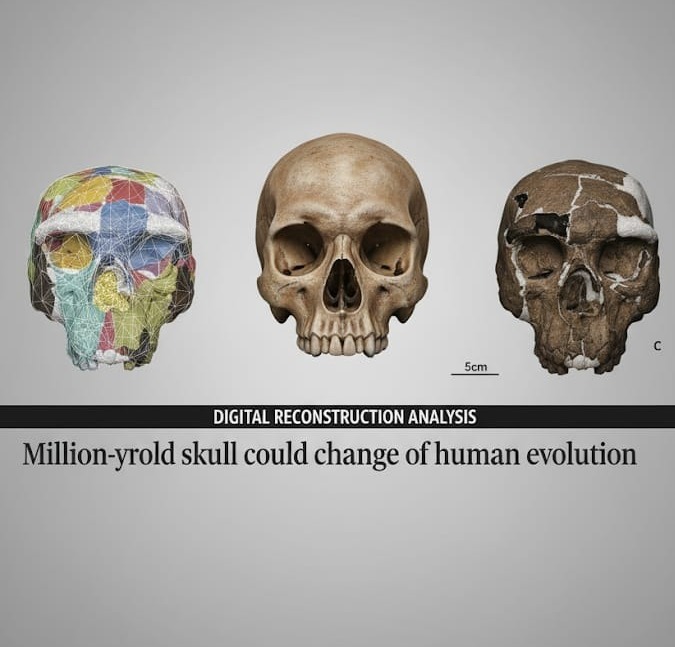
.jpeg)
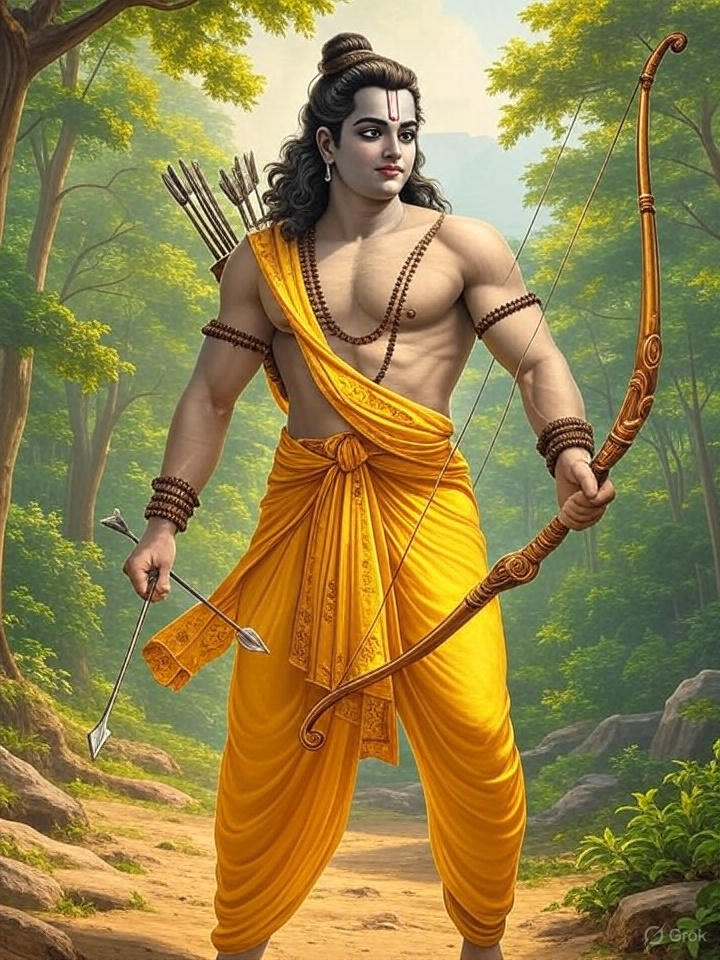

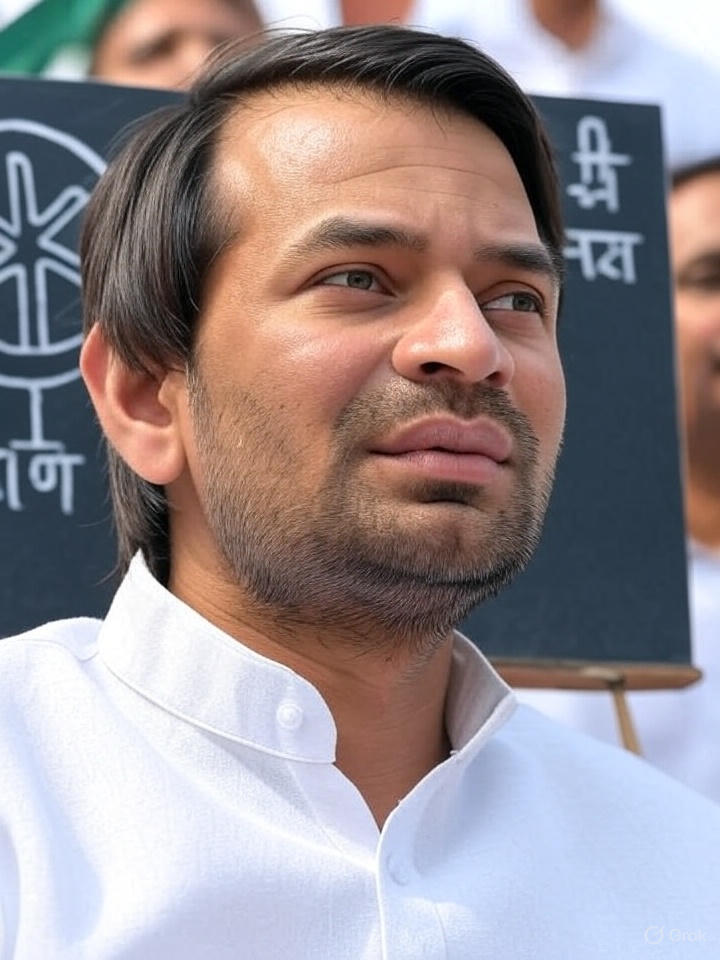
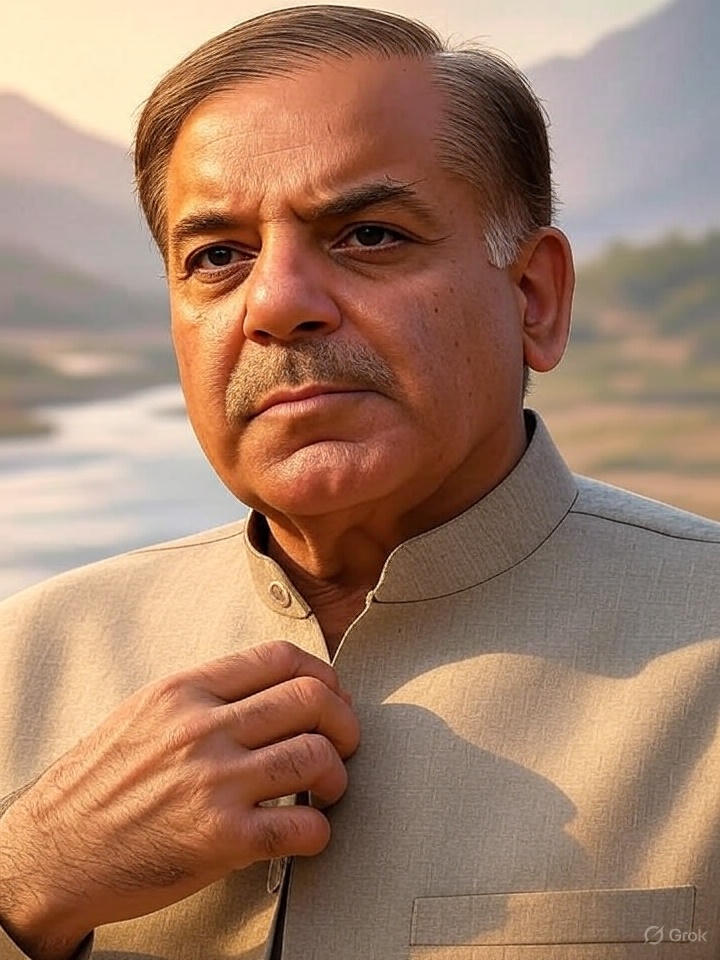
.jpeg)

.jpeg)


.jpeg)
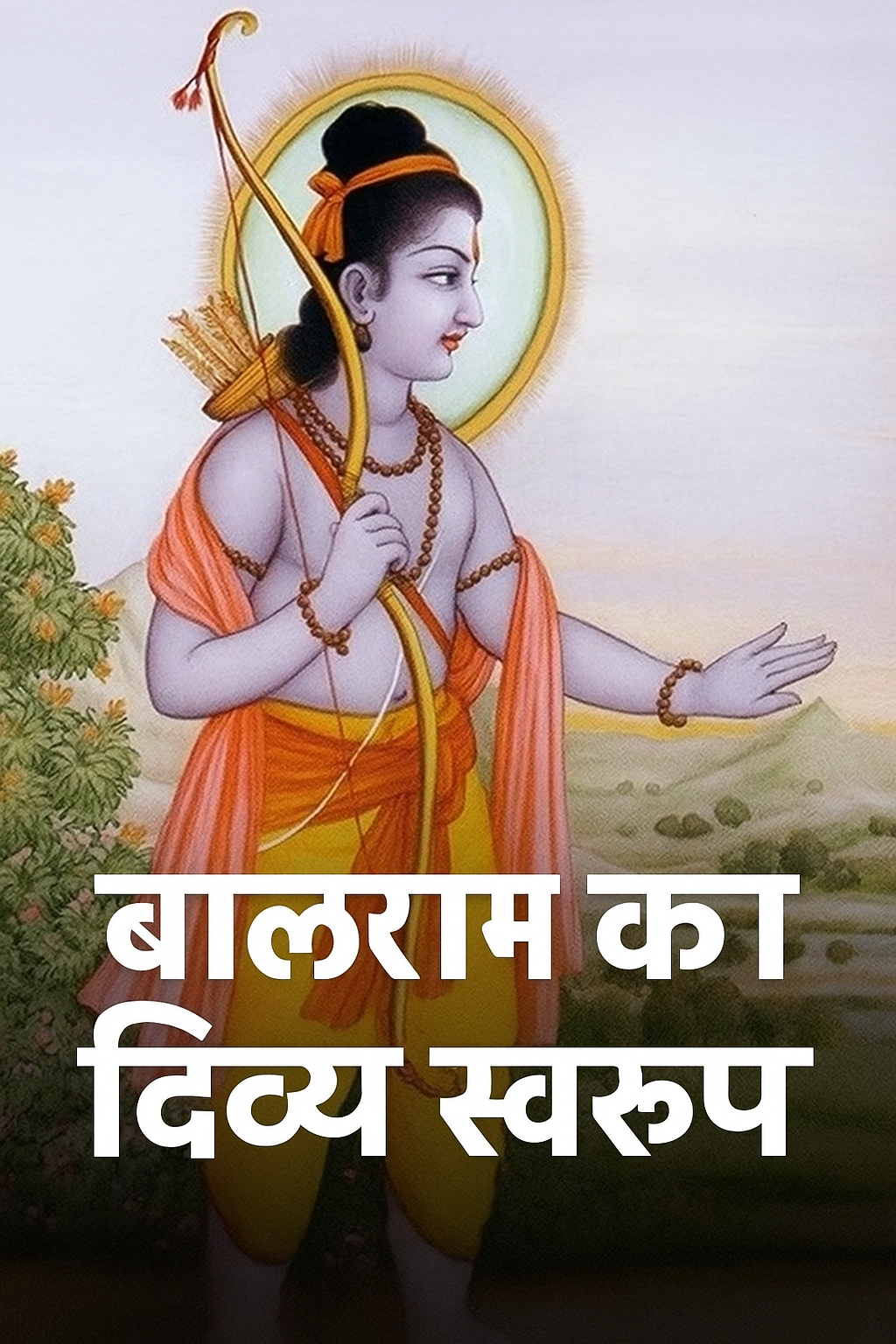

.jpeg)

.jpeg)